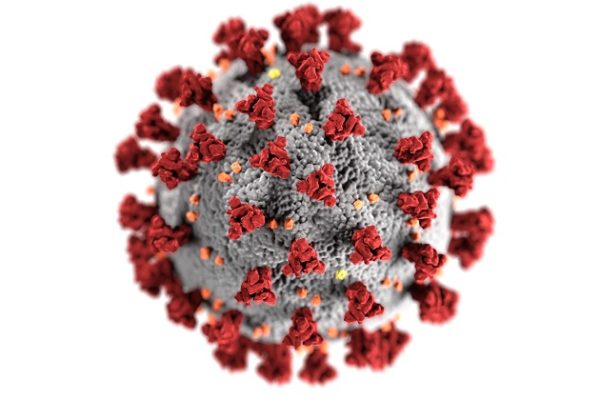Gov. Greg Abbott says we are facing a “massive” outbreak of COVID-19, but that is not a reason to change course. Texas is just now seeing an appreciable increase in coronavirus cases.
This increase is not a reason to not continue to reopen nor to declare Texas a failure in managing this pandemic. In fact, much of the increase is simply because Texas was hardly affected in the early phases of the pandemic that so harmed states such as New York. We were asked to “flatten the curve,” and Texas clearly succeeded.
With that early success comes the reality that more people will get COVID-19, at lower rates, for a longer period. There are still many people in Texas who are vulnerable to it and many more who will catch it before we approach herd immunity. In contrast, if a state manages to quickly infect a significant fraction of its vulnerable population — as New York did in a dramatic fashion — you will more quickly see a decline in cases and deaths.
Celebrating this inevitable decline as victory and claiming to be controlling the virus better than any state in the country is patently absurd. New York Gov. Andrew Cuomo should check the data: Even with the recent increase in cases, Texas is still close to 80 deaths per million as compared with 1,600 in New York, 20 times as high.
Back in March, established fact told us that cases would rise swiftly, swamping hospitals, and that the only option was to slow the spread of infection to flatten the curve so that when people fell ill, there were hospital beds to take care of them. Those early models — flawed in predicting what actually happened — did not say we could stop COVID-19.
Now, the idea of flattening the curve is being jettisoned for something more like, “No one can get sick, at all, and we must not have any infections.” The only way that could occur is if everyone stays home until a vaccine is fully administered. By this no-infections-at-all standard, Texas and Florida are doing poorly. But Texans get the flu, and Floridians get bad colds, and no one argues that they have failed — just as New Yorkers get the cold and the flu, and no one praises or condemns New York for that.
When we compare Texas with other states, we are doing better, despite news headlines. Texas has a population that is three times as large as Los Angeles County’s, but it has only two-thirds as many deaths. Why should Texas change course and heed the advice from other states where there are higher rates of infections and death? Whether those rates are based on bad policies or different demographics, the reality is that what worked — or didn’t — in New York or California or Kansas cannot be a template for Texas.
We should stay the course and for the time being, take comfort that we appear to be coming through the epidemic as well as most places in the U.S., while simultaneously reducing the economic and social pain that comes from indiscriminate lockdowns.
The apparent desire by some news outlets, politicians and public health authorities to match the draconian lockdown policies of communist China in order to stop all infections has already done irreparable harm to much of the country. We don’t need it to continue.
The call for the mad rush to shut down much of our economic activity followed by mass gatherings completely undermined the credibility of lawmakers and public health authorities. It makes it nearly impossible for well-meaning officials to dispense sensible advice like the “three C’s” used in Japan: avoid closed spaces, crowded places and close-contact settings. That type of sustainable public health policy is what we need to emulate.
Our Texas government has restored our freedom and has entrusted us to make choices to help manage the epidemic. By taking reasonable precautions, we will not have to suffer through the grotesque failures of New York, but we will have to learn to live with the disease for a longer time.
Carlos M. Carvalho is a professor of statistics and executive director of the Salem Center for Policy in the McCombs School of Business at The University of Texas at Austin.
Richard Lowery is an associate professor of finance in the McCombs School of Business at The University of Texas at Austin.
A version of this op-ed appeared in the Fort Worth Star Telegram.




